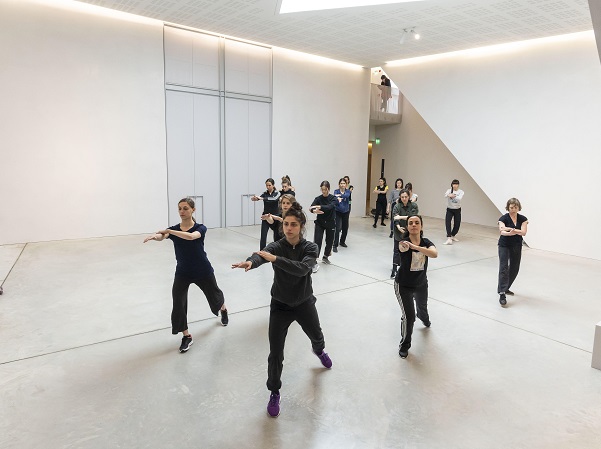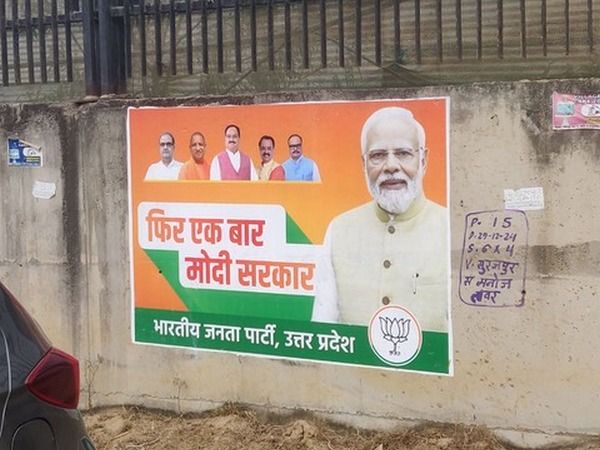This project is based on a relatively recent trend: over the last 15 years, we have seen more and more dance in the biggest museums around the world, inspiring innovative curator strategies and, in many cases, leading to the launch of departments dedicated to performance. But what and how is dance changing museum spaces and exhibition areas?
Let's find out with Dancing Museums. The Democracy of Beings, a research project funded by Creative Europe (2018-2021), which is continuing the work recently concluded with Dancing Museums. Old Masters, New Traces (2015-17), which, for the first time, engaged a University - the departments of Philosophy and Cultural Heritage and Management of Ca' Foscari University of Venice - as a centre of research on the topic, working together with the Fitzcarraldo Foundation.
Partners include dance organisations (La Briqueterie, Dance4, Dansateliers Mercat de les Flors, Tanech Praha and the Municipality of Bassano del Grappa) and museums (the MAC VAL Musée d'art contemporain, the Civic Museum of Bassano del Grappa, the Museum Boijmans Van Beuningen, Nottingham Contemporary and the Prague City Gallery), which will host six artists from different countries and a cycle of seminars and workshops. The selected artists will develop and experiment their projects through a structured system of residences at the various museums involved. An international conference to be held at Ca' Foscari in 2021 will bring this research project to a close, presenting the results achieved.
The part of the Dancing Museums project involving Ca’ Foscari is curated by Susanne Franco and aims to explore the new ways of enjoying art through dance and performance, as well as new approaches of museology and art management towards the active engagement of an increasingly varied and large audience. The underlying idea is that art and audience can meet one another half way, which can only happen if cultural heritage is made accessible. Whereas, until not so long ago, the aim was to introduce people to art, now the intention is to offer visitors a direct experience. With this in mind, research into how to engage the audience through dance aims to experiment with new forms of democracy and community.
The project promotes broad-ranging consideration of the spaces, curatorial planning and human resources, with the training and development of new professional figures capable of taking innovative and sustainable pathways, promoting inclusion, the transfer and sharing of knowledge about cultural heritage.
Within the context of 'dancing museums', dance is not only represented, but is often also conveyed to visitors, who incorporate this dancing heritage and make it their own. Artists who are invited to create choreographic works inside museums often allow visitors to witness the creative process, or, on the contrary, offer performances that can continue even without an audience, thereby questioning whether it is actually needed for the representation to exist. The fact that dance and performances are performed in both "finished" form and in the form of ongoing creative processes turns the exhibition space into a place where production, presentation and enjoyment are intertwined and, consequently, the creation, rehearsal and public performance acquire the same value.
Last but not least, newly built or recently renovated museums are increasingly inaugurated with site-specific dance performances that allow visitors to experience the exhibition space even before the works of art are displayed.
Overall, the ongoing transition of dance from the “Black Box”, the more traditional spatial model in which theatrical performances have a defined length and follow specific conventions in terms of space and time, to the “neutral” “White Cube” performance model, in which time and space are organised to offer an experience in which visitors are free to choose how long it lasts, is generating new creative solutions and new ways of enjoying art. A first sign of the interweaving expressions of visual and performing art is the proliferation of new genres, such as "choreographic exhibitions" or "choreographic installations".
In Venice, dance has already made its debut in museums as part of the Dancing Museums project. In collaboration with Palazzo Grassi, Susanne Franco curated a masterclass for dancers, Transmitting Yvonne Rainer's Trio A (1966), led by dancer and choreographer Sara Wookey, and a public conference-performance On Transmitting Trio A (1966) by Yvonne Rainer. The 15 dancers who took part learned and performed Trio A, which is a milestone in post-modern American dance, both in the entrance hall of Palazzo Grassi for members of the public visiting the museum, and during an evening event in which Sara Wookey also presented the variations she created based on this piece. Performing a historical choreographic piece inside a museum helps to convey the idea that dance heritage must be preserved above all thanks to its incorporation and to the inevitable transformations that this process involves because it is precisely it its modernisation that it takes on meaning for audiences of today.
Susanne Franco also curated Psalming by Filippo Michelangelo Ceredi, working together on the dramaturgy of Gaia Clotilde Chernetich, research fellow for Dancing Museums at the Department of Philosophy and Cultural Heritage. This performance was in connection with “psalm/biblioteca dell’esilio” (psalm/library of exile) by Edmund de Waal, installed at the Ateneo Veneto, an event organised by the Ca' Foscari's Centre for the Humanities and Social Change. This was a site-specific performance to launch the installation and lead the public on a journey in which the movements of the performers echoed the reading of the texts and the music performed live by Merces Casali, investigating the dynamics of memory in experiences of exile.
Finally, in August, the resident artists taking part in the Dancing Museums project spent a day in Venice to conceive and design different forms of interaction with mass tourism in a city that is radically redesigned as an open-air museum, in part thanks to the involvement of artists who offer choreographic journeys that view and feel the city and its works of art from a new perspective.











